We didn’t start out with the intention of growing rosemary, but (wow!) has it grown. The rosemary has grown in a pot indoors, in the ground outdoors, and has offered us years of delicious flavoring for our recipes. It takes minimal effort to keep this wonder herb thriving, and you’ll love the results of growing rosemary wherever you do it.
Our Rosemary Bush Began as a Christmas Tree
When we moved into our new apartment in 2014, we thought a great way to celebrate was with a full-size Christmas tree during the holidays. We didn’t anticipate what a tremendous pain in the butt it would be to be finding fir tree needles long after the tree was gone (so many years). We also didn’t count on how hard it would be to dispose of the tree itself.

So, when Christmas 2015 rolled around, we opted for a rosemary bush in a festive pot. This way, we could have a living Christmas tree. It felt like a good choice for sustainability and our culinary ambitions. Now, we use the thriving rosemary bush as a source of delicious flavoring for so many dishes.
How To Grow Rosemary
Rosemary is an exceptionally low-maintenance plant. It loves growing in slightly sandy soil. If you are growing rosemary in a pot, you’ll need to ensure that the pot/soil combo drains well. Rosemary doesn’t love being transplanted often, so if you move it into another indoor or outdoor container, try not to do that more than every 12-14 months unless you absolutely have to do it.
If you are planting it outdoors, your plant will prefer slightly drier conditions than your other herbs. So, don’t water it quite as much and never drench it. We got lucky. Living in Los Angeles means sandy soil and dry conditions as starting points, so our rosemary took off, even when we transplanted it into soil that hadn’t been all that hospitable to other plants.
Rosemary Does Not Like the Cold
If you are growing rosemary in a pot in an area that gets below 30 degrees F, you will want to bring it in during the winter months. Here, in Los Angeles, it is extremely rare for it to get that cold, so we didn’t hesitate to plant it in the ground once it outgrew our indoor containers.
Rosemary Does Like Heat and Sunlight
If you have hot weather, rosemary is the herb for you. It also thrives when it has access to six to eight hours of direct sunlight, and humidity won’t thwart it. However, our plant probably only gets four hours of direct sunlight, and it is huge. We also aren’t known for our humidity here in Southern California, so, clearly, rosemary will go with the flow.
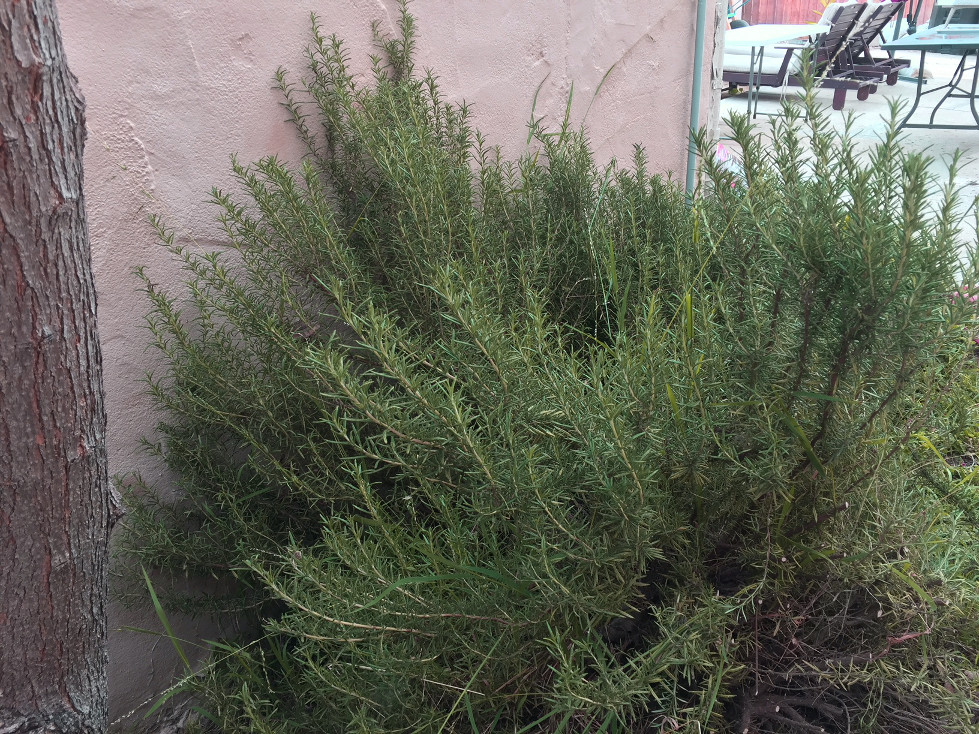
Prune the Rosemary Even When It is Small
We didn’t have a set pruning schedule because even when it was relatively small, we started clipping pieces off of it to use in our recipes. Of course, our rosemary plant has never bloomed because of all the trimming, so we’ve never had to work around that schedule. Once it got planted outside, we continued to take branches at just above the leaf joint and then dried the herbs inside. It was only yesterday that we decided to do a major prune – we removed 1/3 of the bush for drying just because the plant was so large that it was blocking the walkway in our backyard.
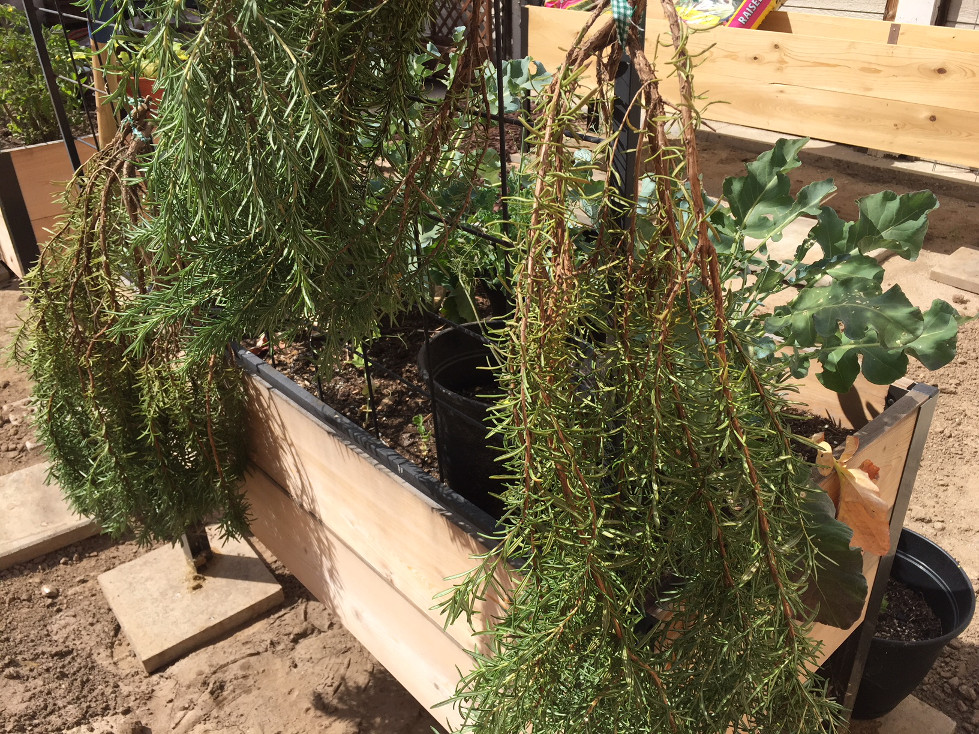
How to Dry Rosemary
Drying rosemary is done like most herbs. All you need to do is take a cutting of the fresh herb, wash it, and then hang it upside down in a dry location. If you hang it in the sun to dry, be careful not to let it get too dried out, or you will lose some of the flavor.
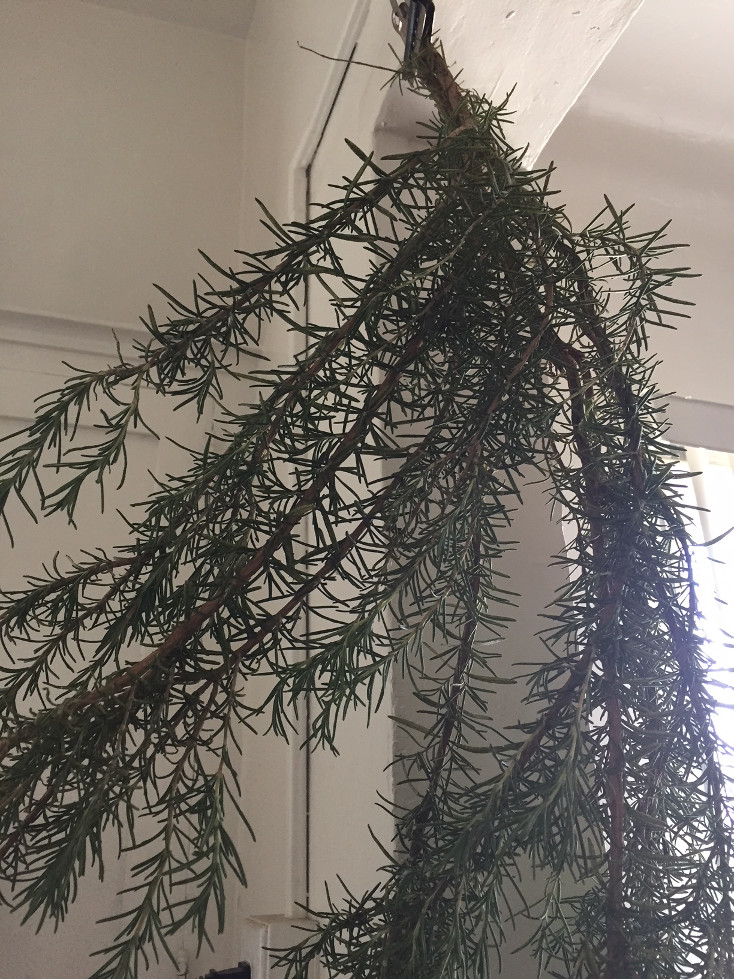
Our Favorite Menu Ideas Using Rosemary
Roasted potatoes sprinkled with rosemary is our absolute favorite menu idea for using the herb right now. Although, this morning, we had an egg, feta, spinach, and rosemary scramble that was so flavorful and absolutely something we will do again.
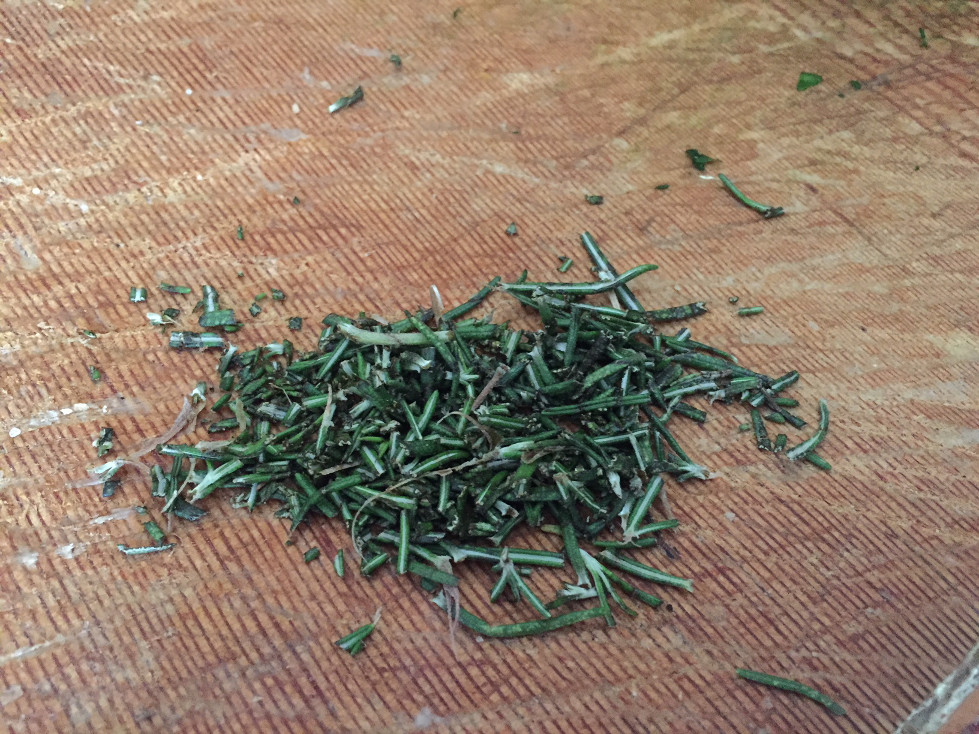
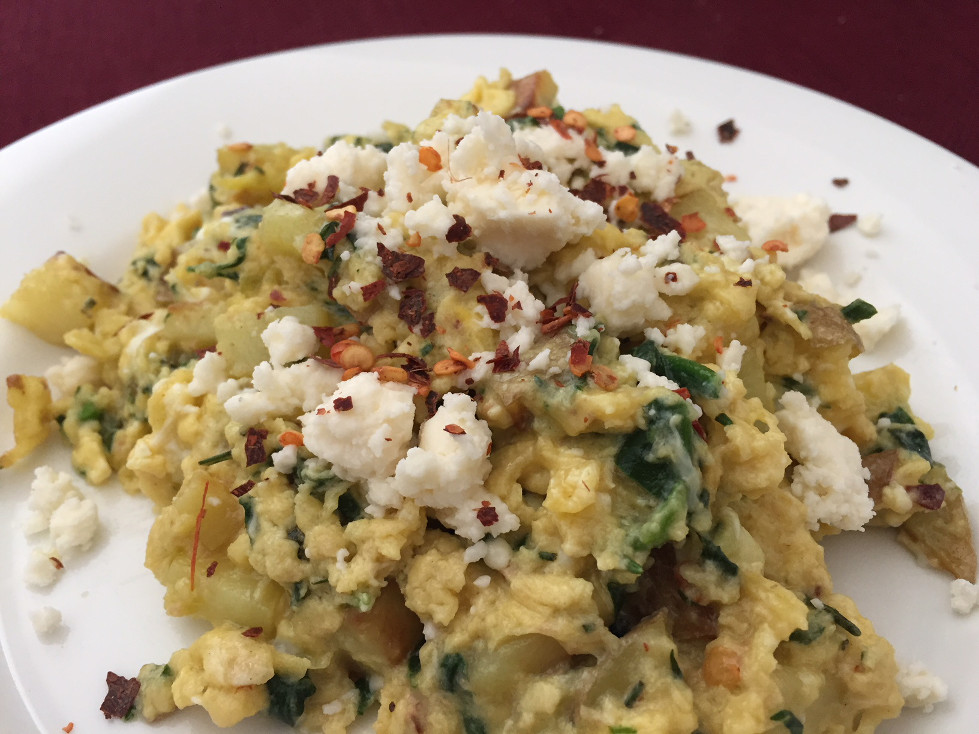
New Menu Ideas
New recipes that we want to try using our now abundant rosemary cuttings:
- Low-Fuss Crispy Roast Chicken from Epicurious
- Slow-Cooked Cherry Tomatoes with Coriander and Rosemary from Epicurious (using the tomatoes from our garden), and
- Rosemary-Infused Olive Oil (to use as accents for so many things) from Giada De Laurentiis
For more gardening ideas, read about our experiences here. For more food and wine recipes and discoveries, click here.